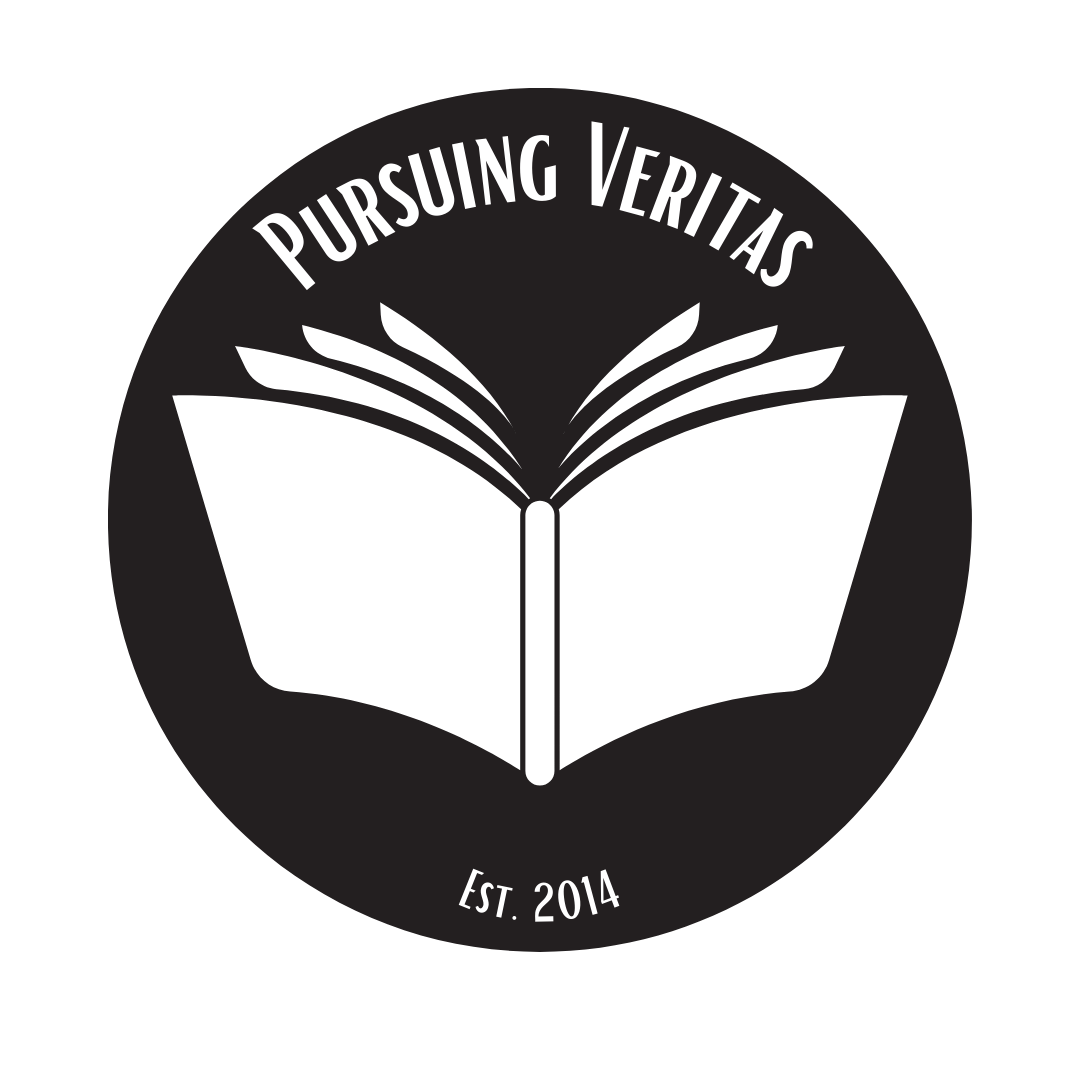Basic History

Much like our previous post on the Roman Catholic Church, the Orthodox Church claims a history as long as the history of the Christian Church itself. Thus, we again note that this brief summary of Church History is something of an injustice. The Orthodox Church has long claimed and studied the earliest writings of the Christian faith, most often termed the “Church Fathers.” Of great importance in the earlier Church were the Seven Great Ecumenical Councils (from the fourth through eighth centuries), all of which took place in the Eastern Roman Empire. The growing divide between Eastern and Western Empire played a role in dividing the Byzantine bishops from the West, as did Western claims to papal supremacy (more on that below), the filioque clause, and the sack of Constantinople during the Fourth Crusade in 1204 CE. The Orthodox Church remained the official religion of the Eastern Roman Empire (often called the Byzantine Empire) until the Fall of Constantinople until its fall in 1453 to the Ottoman Turks. Orthodoxy remained alive and well, however, in eastern Europe, especially in Moscow, where Russian Orthodoxy remained a strong presence until the Bolshevik Revolution in 1917. However, Orthodoxy remained throughout Greece and much of Eastern Europe and the Middle East, and with the fall of the USSR has continued to grow abroad. There are between 225 and 300 million Orthodox today belonging to 14 autocephelous (administered separately but in communion with each other) churches around the world.
Doctrinal Considerations

Orthodox Christians practice what they understand to be the faith handed down from the Apostles, which “has been believed everywhere, always, and by all”, though not without unaltering development of doctrine and cooperation with local traditions compatible with the faith. Of central importance for Eastern Orthodox faith is the Holy Trinity, Father, Son, and Holy Spirit, one God, three-persons, co-eternal, and whom Christians are brought into union. Additionally, of great importance are the Nicene-Constantinople Creed (as originally written, that is, without the filioque clause), the canons of the Seven Ecumenical Councils, the Holy Scriptures (Septuagint and New Testament), the writings of the Church Fathers, and the Sacraments, especially Holy Communion (which is believed to be the real presence of Christ, but often differentiated from Roman Catholic transubstantiation, and is in reality closer to the Lutheran teaching on consubstantiation, though not expressed in those exact terms). Perhaps the first thing that one notices upon entering an Orthodox Church is their use of icons, pictorial representations of Biblical scenes, the history of the Church, and the lives of the Saints. Orthodox also affirm that church leadership should include bishops, and though they affirm that the bishop of Rome (the Pope) should be viewed as “first among equals,” they do not affirm his premiership and infallibility. Since Roman Catholic and Orthodox Churches are not currently in communion (which may change by 2025), the Orthodox look to the Ecumenical Patriarch of Constantinople (currently Bartholomew) as the head of Orthodox conciliar leadership.
Local Church Experience

This past Sunday we visited The Annunciation Greek Orthodox Church in Winston-Salem, which is an absolutely beautiful house of worship. Some might find icons distracting, but we found them to increase our sense of awe and assist greatly in approaching God in worship. If the first thing one noticed upon entering were the icons (and the iconostasis), the second was the language being spoken. Or rather, the languages being spoken, namely Greek and English. Even as someone trained in Koine Greek, it took some time for me to adjust to the service (and poor Hayley was lost much of the time). We followed the Liturgy of St. John Chrysostom, as well as a separate memorial liturgy for a member of the congregation who had passed away. Apart from the repetition of these liturgies (we often would say something in Greek and then again in English, the scripture readings, Creed, and Lord’s Prayer, for example), the most notable thing was the lack of a sermon as part of the liturgy, with a homily only coming at the end of the service. One thing I wasn’t entirely satisfied with was the level of congregational involvement in the service, as all the music was sung by the choirs/priests, and there were not even many opportunities for liturgical responses from the actual laos (people). Of final note were (again, like our visit to the Catholic Church) the number of children, teens, and young families present, which was very encouraging. Overall, despite the new-ness of this church experience, we greatly enjoyed our visit to the Greek Orthodox Church and look forward to returning.
This visit marks the scheduled end of the “First Phase” of this church search. Over the next few weeks we will be beginning the “Second Phase,” and we invite you to follow along with us. Thanks for reading!
Leave a comment